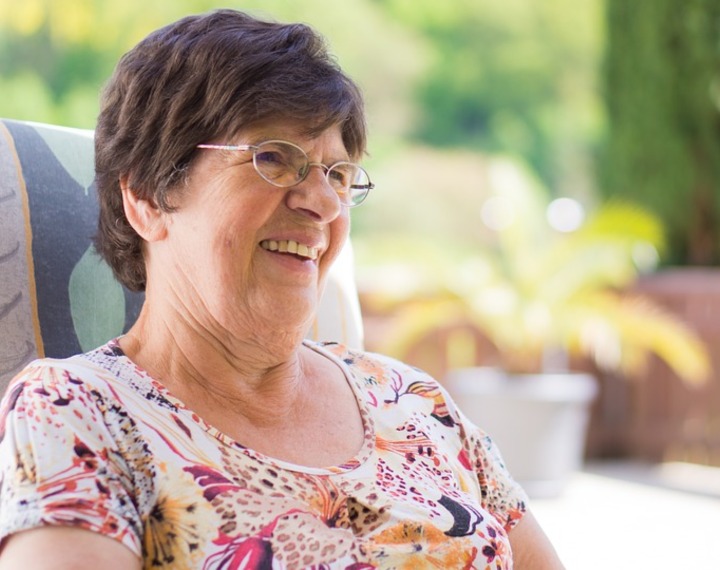Most Common Injuries Nurses & Care Staff Face
 Working in a care environment, whether that’s a hospital, a care home or working as a private carer, care staff have a physically demanding role. Patient repositioning is a crucial part of providing quality care as it’s essential for comfort, pain relief and the prevention of pressure sores. However, while this part of the job is essential, it does come with a range of risks, as if the proper steps aren’t taken, care workers can end up injuring themselves, and can also cause harm to patients if the proper moving and handling techniques aren’t used.
Working in a care environment, whether that’s a hospital, a care home or working as a private carer, care staff have a physically demanding role. Patient repositioning is a crucial part of providing quality care as it’s essential for comfort, pain relief and the prevention of pressure sores. However, while this part of the job is essential, it does come with a range of risks, as if the proper steps aren’t taken, care workers can end up injuring themselves, and can also cause harm to patients if the proper moving and handling techniques aren’t used.
When it comes to patient repositioning, injuries are common. Bearing that in mind, below is a guide to what the most common injuries are that nurses and care staff face and tips for ways in which they can avoid suffering from these injuries.
Injuries caused by overexertion
The process of lifting patients and bending over patient beds is usually linked to these kinds of injuries. Studies have shown that the number one cause of overexertion-related injuries that nurses suffer from is caused by patient moving and handling and accounts for almost half of these types of injuries. Usually, these types of injuries are musculoskeletal and are things like sprains and strains, which mean that nurses and other care workers who develop these injuries have to take time off of work to heal.
Patient injury risk
It’s not just nurses and care staff who are at risk of injuries, it’s also patients who are at risk of being injured. In cases of manual lifting, a lack of careful handling of patients can put them at risk of being dropped, it can also lead to the risk of bruising, skin tears and fractures. Studies have shown that nurses and care workers being overworked is a common cause of accidents and these resulting injuries occurring.
Lack of adequate training
Healthcare environments are making the use of specialist patient handling tools, such as lifts and hoists, a crucial aspect of patient care. The idea being that these kinds of tools can support healthcare workers and nurses when it comes to patient repositioning, preventing accidents from occurring as frequently, or at all. The key to success when it comes to safe patient handling is adequate training that is performed on a regular basis to ensure that you remain compliant with all of the latest product updates and industry regulations.
What makes patient handling difficult?
- Lack of trained workers. If team members are not trained in safe patient handling, this is when accidents and injuries occur. This is especially true when two team members are meant to be working together as a team but one lacks proper training to do so effectively.
- Long wait times for equipment. While most healthcare environments have a range of equipment for patient moving and handling, sometimes there is only one shared piece of equipment which means that there can be long waits to use it. There are set times when patients must be repositioned to prevent pressure sores from occurring, so if the equipment is not available, carers and nurses have to reposition patients without the help of this equipment.
- Use of the wrong sheets. When traditional sheets are used instead of sliding sheets, this can make the moving of patients a far more difficult process for carers and nurses, leading to them overexerting themselves and ending up with an injury. For this reason, sliding sheets are now being used more and more in care environments to make patient moving and handling safer and easier for everyone.





